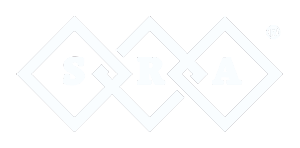How technology is helping to bridge the gap between physicians and caregivers
Currently in the United States, more than 29% of Americans are acting as caregivers for someone else. A majority of these caregivers also hold a full-time job, while they spend an estimated twenty hours a week providing patient care. With all this time spent looking after another, caregivers are turning to technological advances to easy their workload. They hope that by making information sharing and staying organized it will give them more time to relax and take some stress off their shoulders.
Together, the caregiver and physician play an important role in taking care of those who can no longer look after themselves. It is crucial that communication between these two parties be made as simple and streamlined as possible. With new emerging technologies that can be delivered between physicians, or straight to a caregiver’s phone or email, the future is looking up for those who look after others.
The use of technology can help assure that the patient is making it to all scheduled appointments with the one or many physicians that are in charge of them. It will help make patient records easier to obtain by the myriad of doctors involved in a patient’s care, information such as health history, test results and medication lists. Electronic records that can be accessed online, makes viewing information and sharing records between physicians much easier.
Helping to remind the patient to take their medicine everyday can be tricky, especially when the caregiver does not live in the same house as they do. There are now tools on the market that can help with this problem, sending out audio reminders to the patient when it is time to take their medication. If it isn’t taken, the caregiver is sent an alert letting them know and they can respond accordingly.
In a study published in January by the National Alliance for Caregiving and United Healthcare, it was found that a majority of caregivers desire monitoring devices that collect data, such as vital signs and blood pressure, which would then be sent to physicians and caregivers. This they say would help keep them informed of their loved ones health without them needing to be present all the time. The problem with this however is coming up with a cost effective way to provide the service. The cost of providing such a service is currently very costly to doctors, who would have to hire new staff members just to review his patient’s monitors, looking out for out for any irregularities or caution signs.
While caring for another who is no longer independent is a very tough job, there is no denying that technology is helping to make their jobs a little easier. Over time, technological advances will help bring the patient better personal care and lower the number of office visits they will need to make. At the same time this will help make the lives of those who care for them that much easier.


